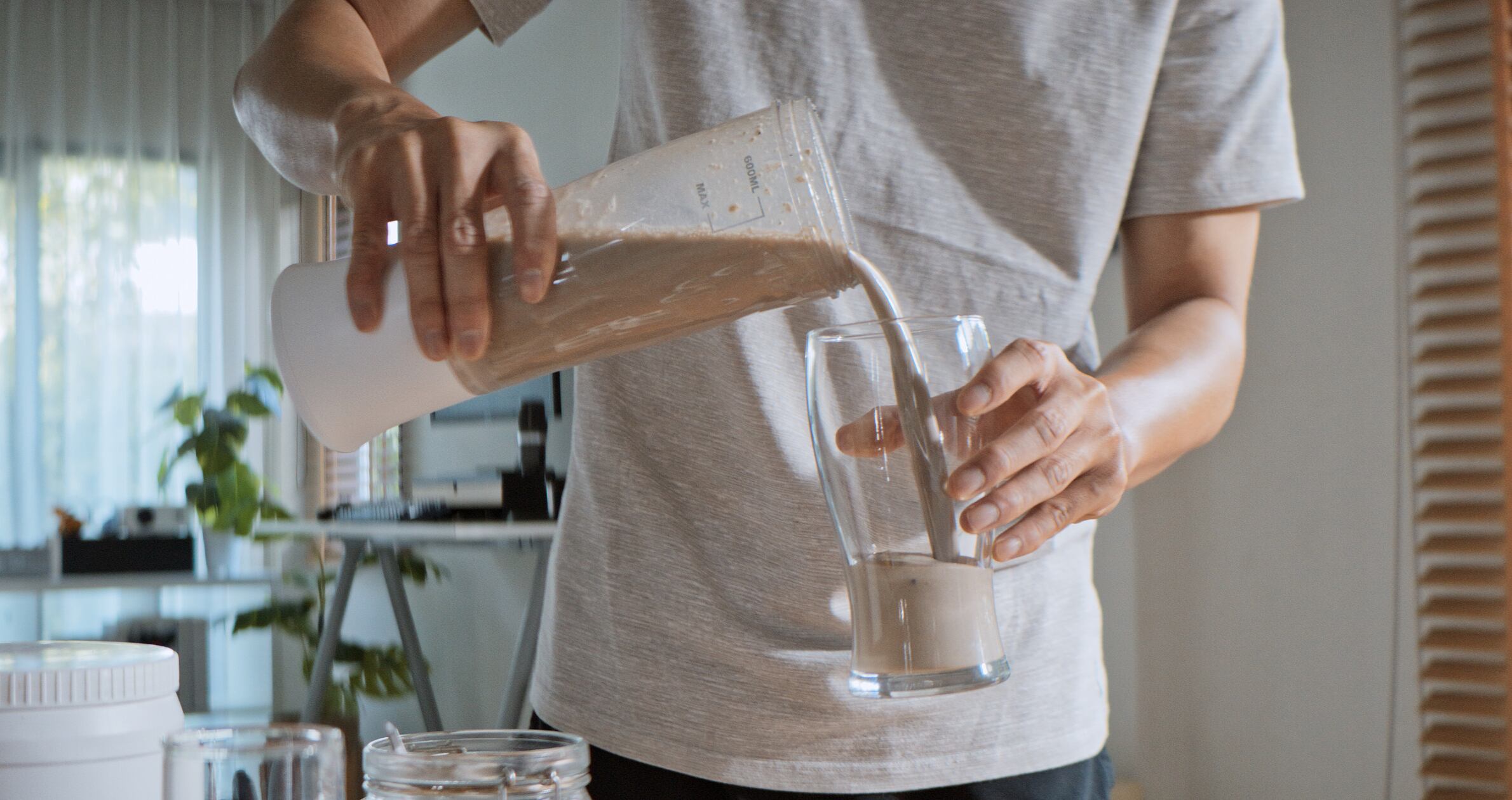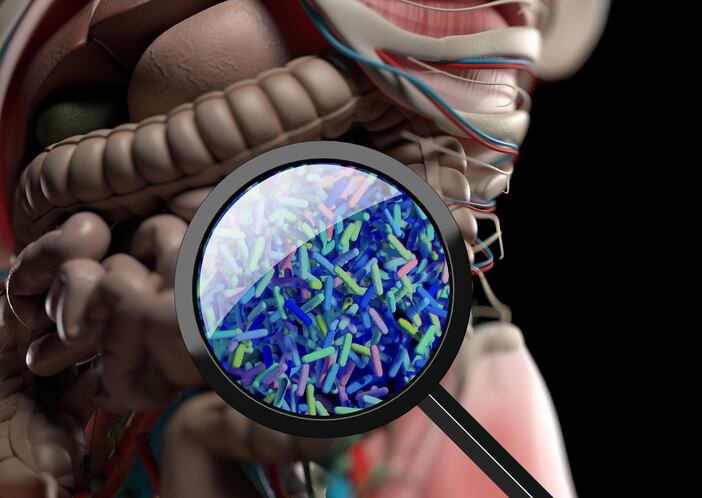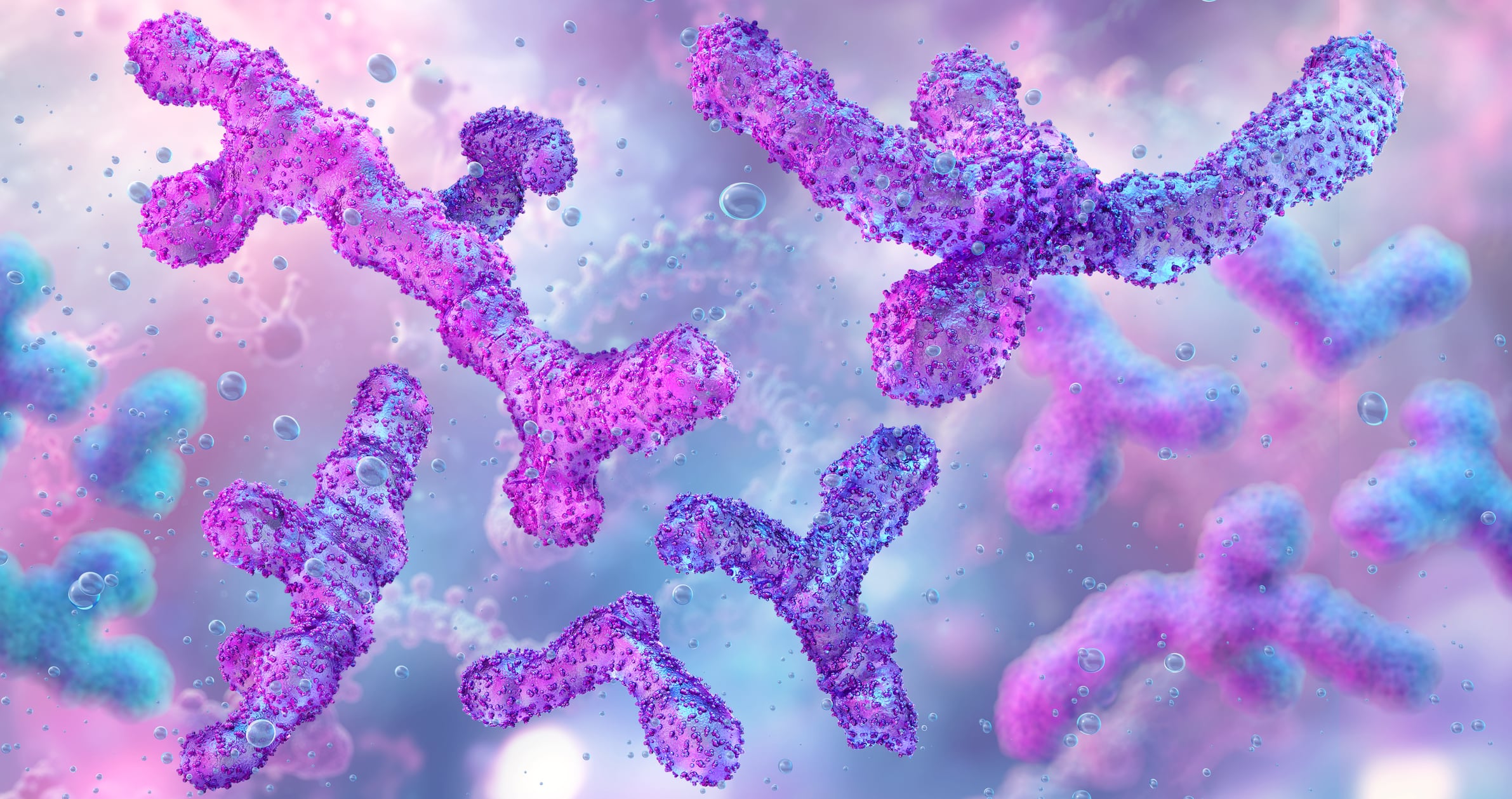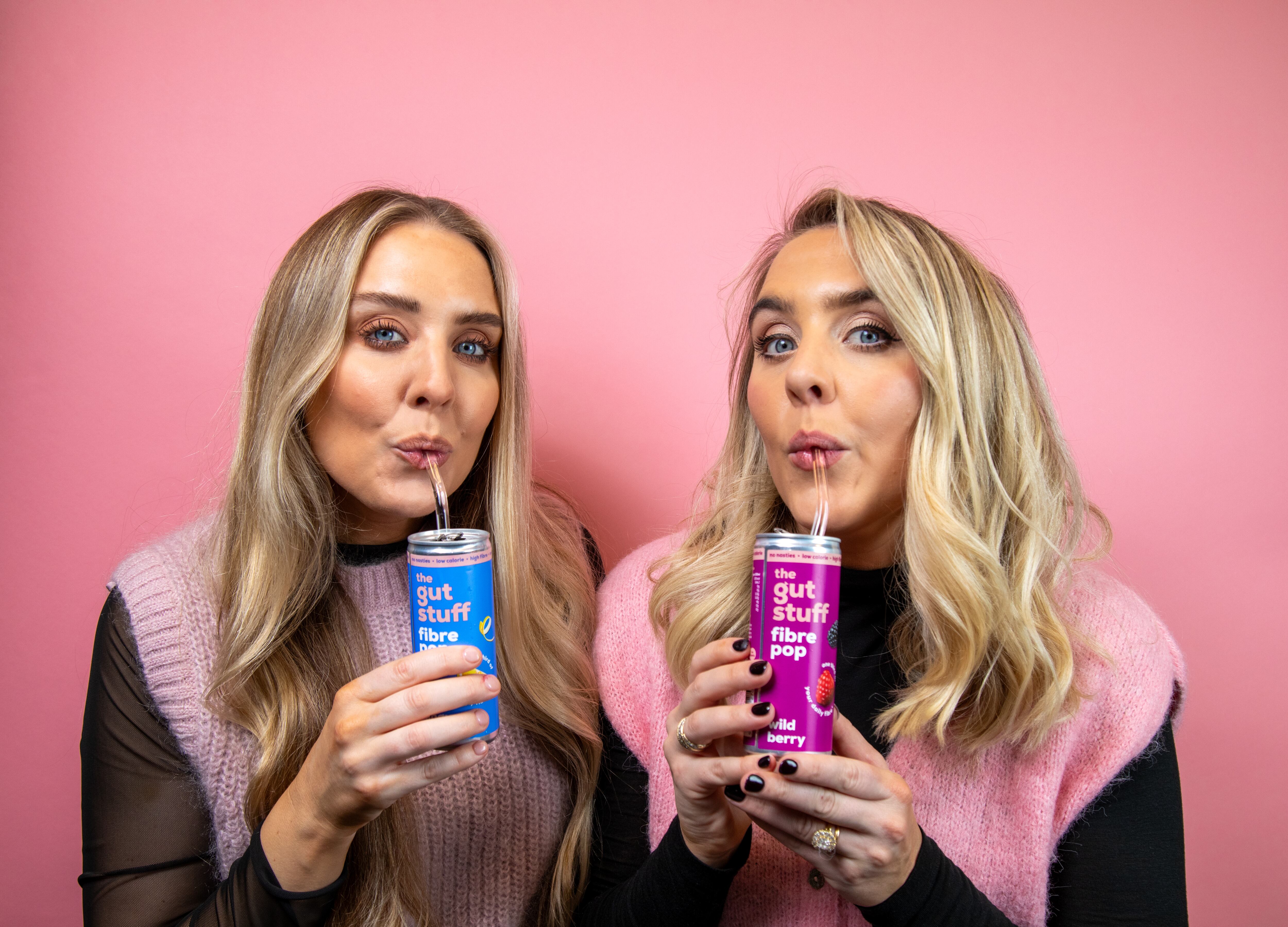Consumers are likely to move away from social media advice to consume high amounts of fiber each day and instead celebrate the functional benefits of consuming a diverse variety of fiber-rich ingredients, the annual report says.
“As consumers shift away from rigid nutritional goals toward more inclusive, diverse diets, food and drink brands have an opportunity to rethink how they innovate,” it reads. “The focus is moving from maximization to balance.”
“The shift toward inclusive, functionally diverse diets is more than a passing trend, it’s a sign of changing consumer values,” it continued.
Global fiber intake trends
While the data shows high-fiber claims have long played a bigger role in food shopping across APAC markets, Europe is steadily closing the gap. In Germany, consumer interest rose from 9% in 2021 to 16% in 2025, while in France it climbed from 13% to 21% over the same period.
According to Mintel, fiber-rich diets are gaining online attention, having been mentioned in 37,091 conversations this year, a 9% growth on last year. In the same time period, ‘reduces bloating’ claims, which were present in 1,440 online conversations, showed a 4% increase.
In the next 12–24 months, continued interest in the ‘gut-brain axis’ is predicted to rise, as it already shows a 71% surge in interest with 1,260 online conversations. ‘Improves mood’ emerged as a key focus, having generated 53,544 conversations, showing a 30% increase in interest in the last year.
Fiber as ‘nutritional armor’
According to the report, fiber will not only be used to improve gut health, but by 2030 it is forecast to be recognized as a ‘nutritional defense’ against the rising risks microplastics pose to humans.
According to Mintel data, a significant percentage of the European population is altering their diet due to concerns about microplastics; A survey found that the statement “Concerns about water quality (eg microplastics in the ocean) have caused me to cut back on the amount of fish/shellfish I eat,” resonated with 44% of participants in Germany, 45% in France, 48% in Poland, 50% in Spain, and 52% in Italy.
Consumers are increasingly aware of the impact of ingesting microplastics. However, some research indicates that fiber can potentially alleviate the impact of microplastics on health.
“Fiber will increasingly be positioned as the nutritional armor people need to mitigate the dangers of our convenience-focused lifestyles,” read the report.
Fiber gets an indulgent make-over
With fiber becoming fashionable, Mintel said fiber-rich products should be developed with a ‘cool’ factor in mind.
According to new Black Swan Data included in the Mintel report, brands are hitting the mark with high-fiber indulgent snacks.
“Consumers want ‘good for you’ fiber, probiotic and adaptogenic snacks that look and taste like ‘bad for you’ snacks,” said Mintel.
The report highlighted the Blueberry Matcha Floura Bar, created by the founder of the Canadian ice cream brand Jeni’s Splendid Ice Creams, and emphasized its positioning as modern, tasty, and trendy: eg, “Not your grandparents’ fiber.”
Additionally, fiber boosting blends such as Zoe’s Daily 30+ supplement and Beya’s fiber-rich superfood blend for hormonal support are likely to grow in popularity.
What is fibermaxxing?
In 2025, consumers woke up to the importance of prebiotic fibers, as evidenced by the social media wellness trend coined ‘fibermaxxing’, which involved strategically maximizing daily fiber intake to hit or exceed recommended fiber targets.
However as Cailin Hall, head of research at prebiotic fiber supplement brand Myota recently told NutraIngredients, while ‘fibermaxxing’ is bringing more awareness to the benefits of fiber, the simplification of a complex subject may mean people miss out on the benefits.
A growing knowledge that gut health is central to almost all areas of health and that prebiotic fiber plays a key role in that was a big driver in this. Research shows that fiber can support immune function, inflammation, blood glucose and insulin control, and even mood, cognition and stress.
She warned that too much fiber too quickly can be very problematic from a GI perspective. Hall also explained that the gut microbiome thrives off diversity, and that consuming all fiber from one source is not the best strategy.
“I think the next phase of this trend needs to be about ‘smart fibremaxxing’—consuming a diversity of plant-based prebiotic fibers based on science, not just social media.”





